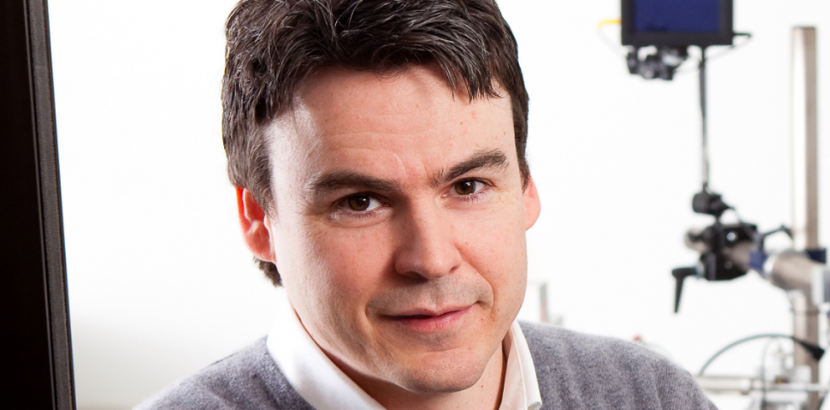GlycoNet: Protein engineering enables better treatment for rare inherited metabolic disorders
One in every 5,000 Canadian newborns develops lysosomal storage disorders (LSD), a type of metabolic diseases caused by genetic mutations. Tay-Sachs and Sandhoff diseases are amongst the most severe LSD. Children suffering from these diseases lack an enzyme that can recycle used lipids (gangliosides) in their neurons. Eventually, the un-recycled gangliosides accumulate in the brain, interfering with normal biological processes, leading to brain damage. This is fatal in many cases and there are no known cures for Tay-Sachs or Sandhoff disease.
For some LSDs, patients can receive intravenous infusion of solutions containing the enzymes they are missing, a procedure called enzyme replacement therapy (ERT). ERT can be compared to patching potholes on the road: the infused, healthy enzymes fill in the gap left by the deficient enzymes. Although effective, there are challenges to this procedure. The infused enzymes have to be stable enough to circulate in the blood stream before reaching the targeted neurons. They also have to cross the blood-brain barrier—a highly-selective border that separates the blood and biomolecules from the brain—to arrive at the neurons. Neither of these challenges have been met clinically for Tay-Sachs and Sandhoff disease.
For years, researchers have been trying to design the “perfect” enzyme, one that can sail steadily through the blood vessels and across the blood-brain barrier. But much like developing a type of asphalt strong enough to withstand Canadian winters, the elusive search for this perfect enzyme continues. GlycoNet researchers however are working on a uniquely promising approach.
Drs. Brian Mark, Barbara Triggs-Raine and Helene Perreault from the University of Manitoba are forging ahead, determined to find that elusive, perfect enzyme. The team has recently been awarded a CIHR grant to evaluate a stable hybrid enzyme that can be used in ERT for children with Tay-Sachs and Sandhoff diseases.

